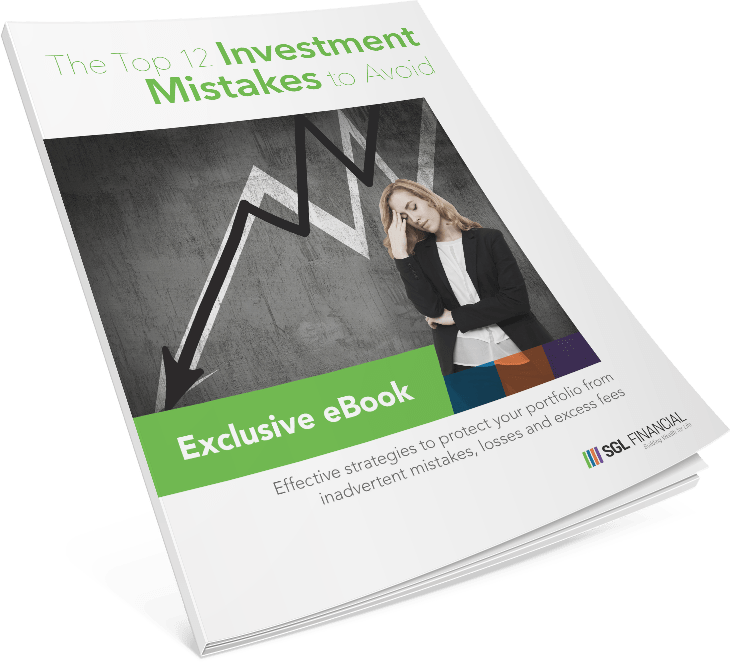Many people think tax planning is only needed before filing their taxes in April. However, this couldn’t be further from the truth, especially if you’ve been surprised by a large tax bill in April. Strategic decisions throughout the year can make a real difference in how much after-tax income remains in your pocket.
Here are some tax-planning tactics you can use throughout the year:
Tactic 1: Leverage Retirement Contributions
Business owners have more options than traditional employees regarding retirement savings, and those options can double as tax-reduction tools.
Solo 401(k): Depending on your business structure and income level, you could consider a Solo 401(k) if you’re self-employed with no full-time employees (other than a spouse). These plans allow for employer and employee contributions, meaning you can contribute well over $60,000 annually, depending on your age and taxable income.
SEP IRA: A SEP IRA is another popular option for those with few or no employees. For the 2025 tax year, the SEP IRA contribution limit is the lesser of:
- 25% of the eligible compensation, or
- $70,000
Defined Benefits Plan: A defined benefit plan might be worth exploring if you want to accelerate retirement savings further. For 2025, the maximum annual benefit a defined benefit plan can provide is $280,000, or 100% of your average compensation for the highest three consecutive years, whichever is less.
In other words, if your average income during your top three years is $250,000, your benefit can’t exceed that amount, even though the cap allows up to $280,000.
These limits are set by IRS Section 415(b)(1)(A), and are an increase from 2024’s $275,000 threshold.
These retirement plans prepare you for the future and reduce your taxable income, making them a powerful tool for tax planning strategies. To make the most of them, coordinate with your Buffalo Grove financial advisor and CPA to select the right plan and funding strategy for your circumstances, goals, and timelines.
Watch our co-founder, Steve Lewit, discuss the impact of borrowing against your 401(k) on WGN9 News.
Tactic 2: Track Business Expenses Diligently
One of the most overlooked ways to keep more of your earnings is by fully capturing all of your legitimate business expenses. This isn’t just about saving receipts or online records; it’s about building a proactive system for tracking, categorizing, and reviewing your expenses throughout the year.
Common deductible expenses include business travel, client meals, office supplies, equipment, marketing costs, software subscriptions, and even part of your home office. But these deductions can get tricky. For instance, a business dinner with a prospective client is often deductible, but a lunch with a personal relationship is not.
That’s why working with tax planning professionals in Buffalo Grove who can help you avoid gray areas and stay compliant is crucial. Done right, tracking expenses isn’t just a year-end chore; it’s a way to reduce your tax burden and increase your overall net profitability year after year.

